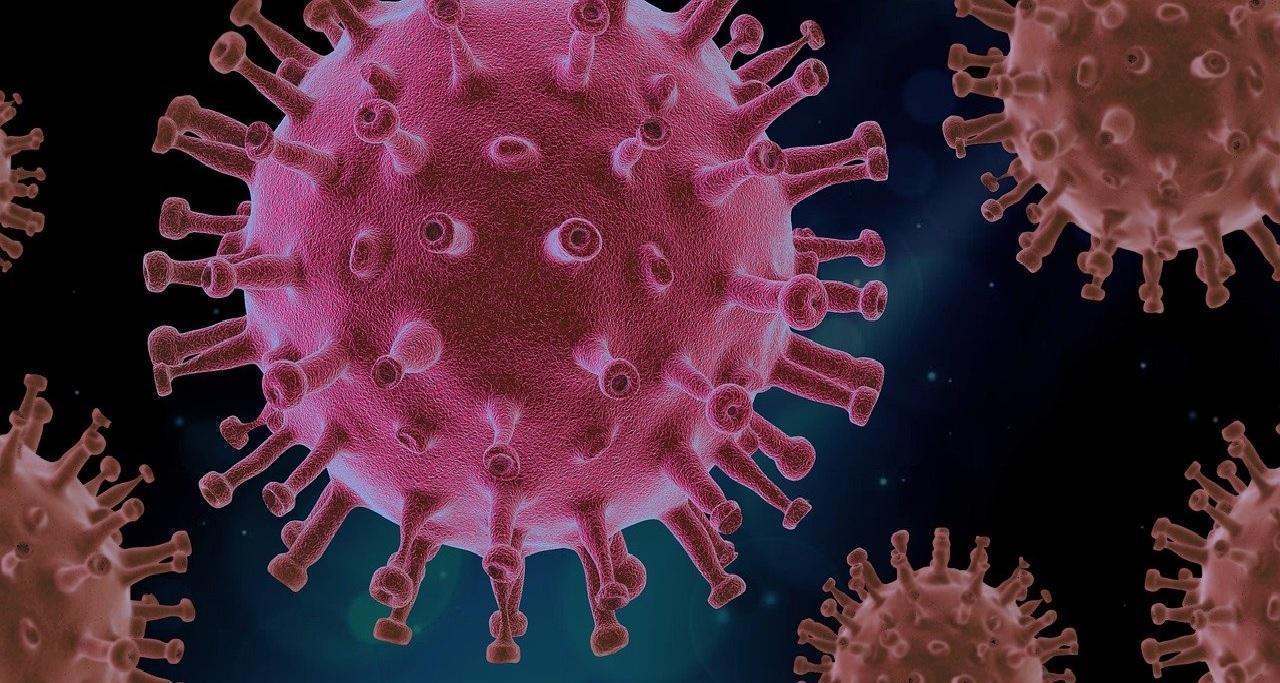The researchers in the Lancet study found little to no evidence that the virus spreads easily via large droplets, which fall quickly through the air and contaminate surfaces.

This picture has been used for representational purpose
As a multi-research team from the UK, the US and Canada warned in a Lancet study last week that SARS-CoV-2 virus, which causes Covid-19, is predominantly transmitted through the air, Indian experts on Tuesday said that such understanding already exists and while further research is required to support this claim, people need to be wary of both air and surface transmissions.
ADVERTISEMENT
The researchers in the Lancet study found little to no evidence that the virus spreads easily via large droplets, which fall quickly through the air and contaminate surfaces. The study said that if an infectious virus is primarily airborne, someone can potentially be infected when they inhale aerosols produced when an infected person "exhales, speaks, shouts, sings, or sneezes".
However, according to Indian experts, both the surface (especially indoors) and air modes of transmission have to be factored in while making strategies on how to deal with the deadly virus. "Recently published Lancet correspondence only gives few directions towards the aerosol mode of spread of Covid. However, there is a lack of experimental evidence in the support of this. Hence, further research is required to support this claim," Dr Harshal R Salve, Associate Professor at Centre for Community Medicine, AIIMS, New Delhi, told IANS.
Numerous researchers have studied how long SARS-CoV-2 can survive on a variety of porous and non-porous surfaces. On porous surfaces, studies report inability to detect viable virus within minutes to hours; on non-porous surfaces (like stainless steel, plastic and glass), viable virus can be detected for "days to weeks". The apparent, relatively faster inactivation of SARS-CoV-2 on porous compared with non-porous surfaces might be attributable to capillary action within pores and faster aerosol droplet evaporation.
According to the US Centers for Disease Control and Prevention (CDC), the risk of transmission from touching a surface, while small, is elevated indoors. "Outdoors, the sun and other factors can destroy viruses," Vincent Hill, Chief of the Waterborne Disease Prevention Branch at the CDC, was quoted as saying in a CNN report on Monday.
"Research also suggested that surface transmission was more likely in the first 24 hours after a person is infected, and that households where one person had Covid-19 did have lower transmission rates when the household cleaned and disinfected surfaces," the report noted. Data from surface survival studies indicate that a 99 per cent reduction in infectious SARS-CoV-2 and other coronaviruses can be expected under typical indoor environmental conditions within 3 days (72 hours) on common non-porous surfaces like stainless steel, plastic, and glass.
According to Dr Rahul Bhargava, cancer expert and Director, Department of Clinical Hematology and Bone Marrow Transplant, Fortis Hospital, it is already known that Covid is an airborne thing. "It also tells us that if you are in a crowded place, people who are sneezing and coughing have a higher potential to spread the virus that can lead to massive surge in Covid infections," he said.
People can be infected with SARS-CoV-2 through contact with surfaces. "However, based on available epidemiological data and studies of environmental transmission factors, surface transmission is not the main route by which SARS-CoV-2 spreads, and the risk is considered to be low," according to the CDC. According to Salve, we need to keep wearing masks both outdoor and indoor, maintain social distance and ensure adequate cross ventilation in close spaces to control the spread of Covid.
This story has been sourced from a third party syndicated feed, agencies. Mid-day accepts no responsibility or liability for its dependability, trustworthiness, reliability and data of the text. Mid-day management/mid-day.com reserves the sole right to alter, delete or remove (without notice) the content in its absolute discretion for any reason whatsoever
 Subscribe today by clicking the link and stay updated with the latest news!" Click here!
Subscribe today by clicking the link and stay updated with the latest news!" Click here!






